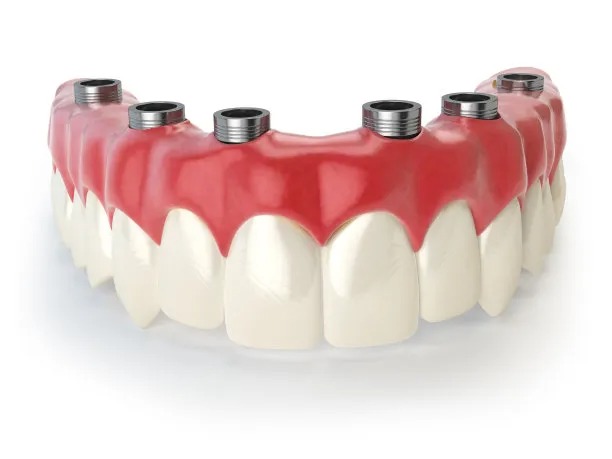Comprehensive Guide to Dental Implant Treatment Understanding Benefits Procedure and Aftercare in Restoring Your Smile
Summary: Dental implants serve as a revolutionary solution for those seeking to restore their smile and improve oral function. This comprehensive guide explores the myriad benefits of dental implants, the step-by-step procedure involved, and essential aftercare to ensure long-lasting results. By delving into these critical aspects, individuals can make informed decisions about their dental health, gaining insight into how implants can significantly enhance their quality of life. This guide ultimately aims to equip readers with all the necessary knowledge to approach dental implant treatment confidently.
1. Key Benefits of Dental Implants

Dental implants offer numerous advantages over traditional dentures or bridges. Firstly, they restore full functionality to your teeth, allowing you to eat, speak, and smile with confidence and comfort. Unlike dentures, which can shift or slip, dental implants are securely anchored into the jawbone, providing a stable foundation that mimics the feel of natural teeth.
Secondly, dental implants contribute to improved oral health. Because they do not require alteration of adjacent teeth, as is necessary with bridges, they help preserve the health of your remaining natural teeth. Furthermore, implants stimulate the jawbone, preventing the bone loss that often occurs after tooth loss, thus maintaining facial structure and strength.
Finally, dental implants can enhance your self-esteem. Many individuals who have lost teeth experience feelings of embarrassment or self-consciousness, impacting their social interactions. Restoring your smile with implants can lead to increased confidence, positively affecting personal and professional relationships.
2. The Dental Implant Procedure Explained
The dental implant procedure is typically divided into several phases, starting with a thorough examination and treatment planning. During this initial visit, dentists assess the health of the jawbone and surrounding gums, using imaging technologies to determine the most suitable approach for each patient. It is crucial to ensure that the bone is healthy and has enough density to support the implant.
The next step is the surgical placement of the implant, which involves inserting a titanium post into the jawbone. This procedure is performed under local anesthesia, ensuring minimal discomfort. After the implant is placed, a healing period of several months is required so that the bone can integrate with the implant, a process known as osseointegration.
Once healed, the final phase involves attaching a custom-made crown to the implant. This crown is designed to match your natural teeth in shape and color, providing a seamless appearance. Aftercare and regular follow-ups are critical to monitor the health and function of the implant after the procedure.
3. Essential Aftercare for Dental Implants
After the dental implant procedure, proper aftercare is essential to ensure a successful recovery and longevity of the implants. Immediately following surgery, it is recommended to follow postoperative instructions carefully, which may include managing pain with prescribed medications, applying ice packs, and adhering to a soft diet to avoid stress on the surgical site.
Oral hygiene is crucial after receiving dental implants. Patients should maintain excellent oral hygiene practices by brushing and flossing regularly, including cleaning around the implant site to prevent infection. Dental professionals often recommend using non-abrasive toothpaste and mouth rinses to support healing.
Regular dental check-ups are also an important aspect of aftercare. These visits allow the dentist to monitor the implants and ensure the surrounding gums are healthy. Early detection of potential issues can help preserve the longevity of the implants and maintain optimal oral health.
4. Cost Factors and Insurance Considerations
Understanding the financial aspects of dental implants is vital for potential patients. The cost of dental implant treatment can vary significantly, influenced by factors such as the complexity of the case, the number of implants required, and additional procedures like bone grafting or sinus lifts. Generally, dental implants are considered a long-term investment, as they can last a lifetime with proper care.
Insurance coverage for dental implants can be another consideration. Many insurance plans do not cover the entire cost but may provide partial coverage. It is advisable for patients to consult with their dental provider and insurance company to understand their options and maximize benefits.
Financing options are often available through dental offices and third-party companies, allowing patients to manage costs more comfortably. Investigating these options can help make dental implants a feasible choice for restoring ones smile.
Summary:
In summary, dental implants represent a state-of-the-art solution for individuals looking to restore their smiles and improve their oral function. With substantial benefits, a defined procedural path, and manageable aftercare, it is an approach worth considering for tooth replacement. Understanding the cost implications and insurance options can further empower patients, ensuring they are equipped to make informed decisions about their dental health.
This article is compiled by Vickong Dental and the content is for reference only.



